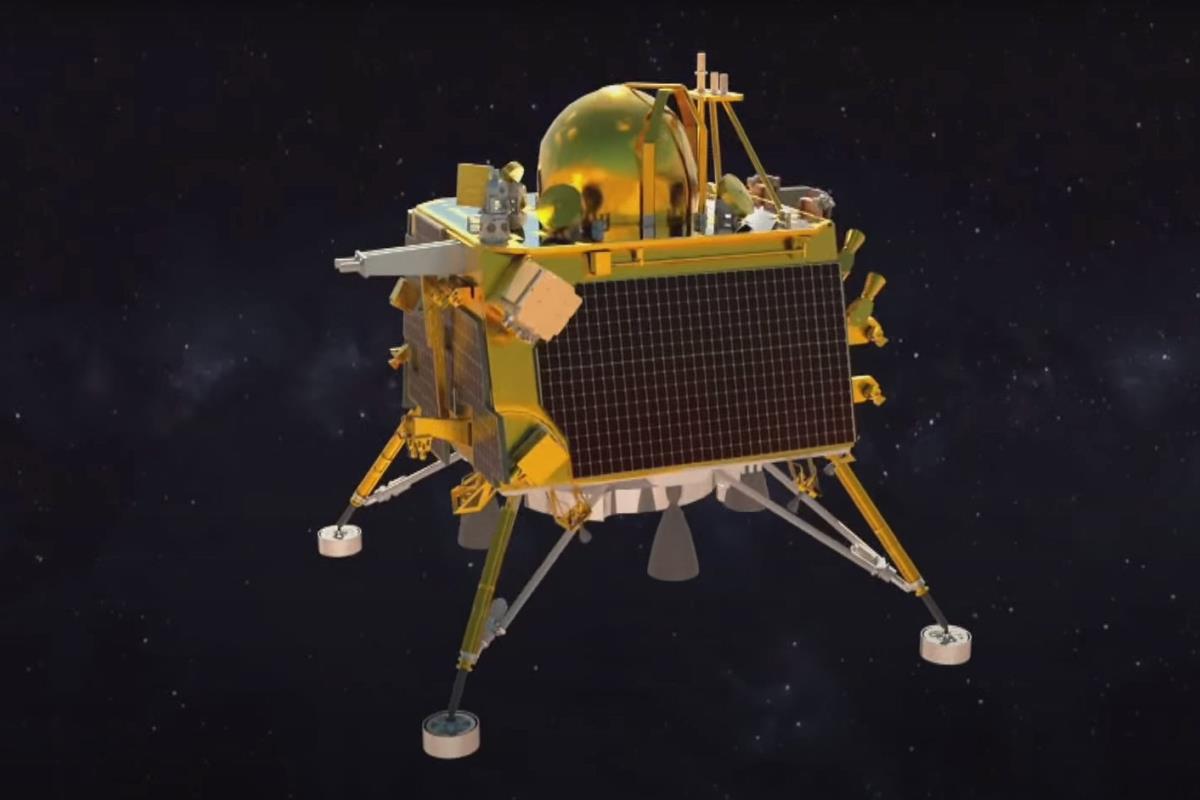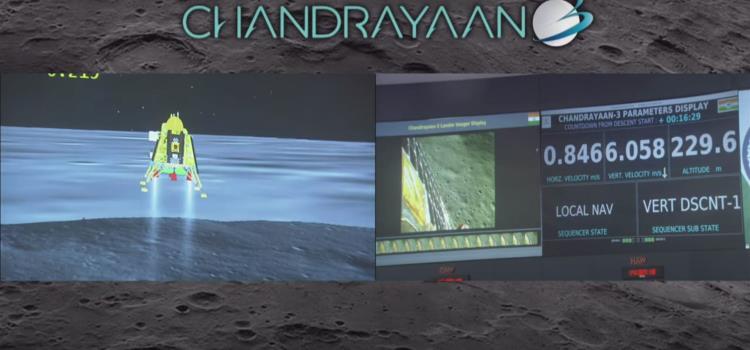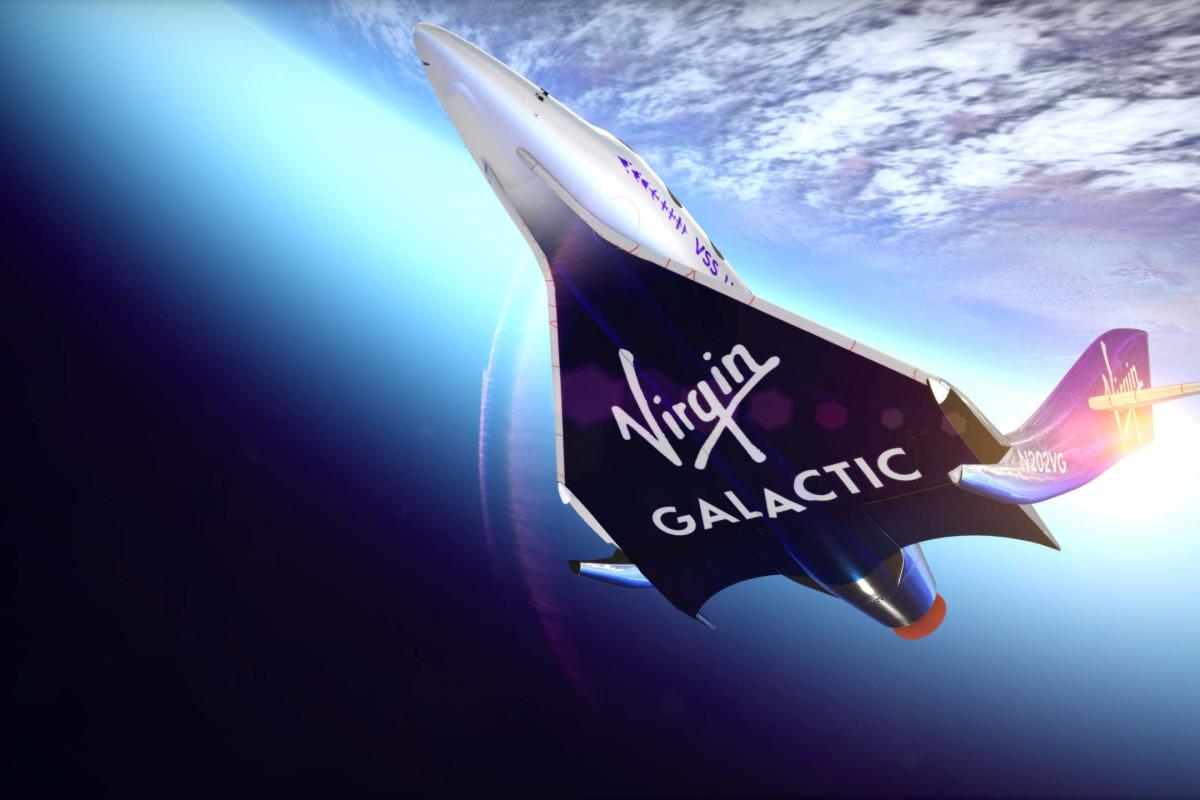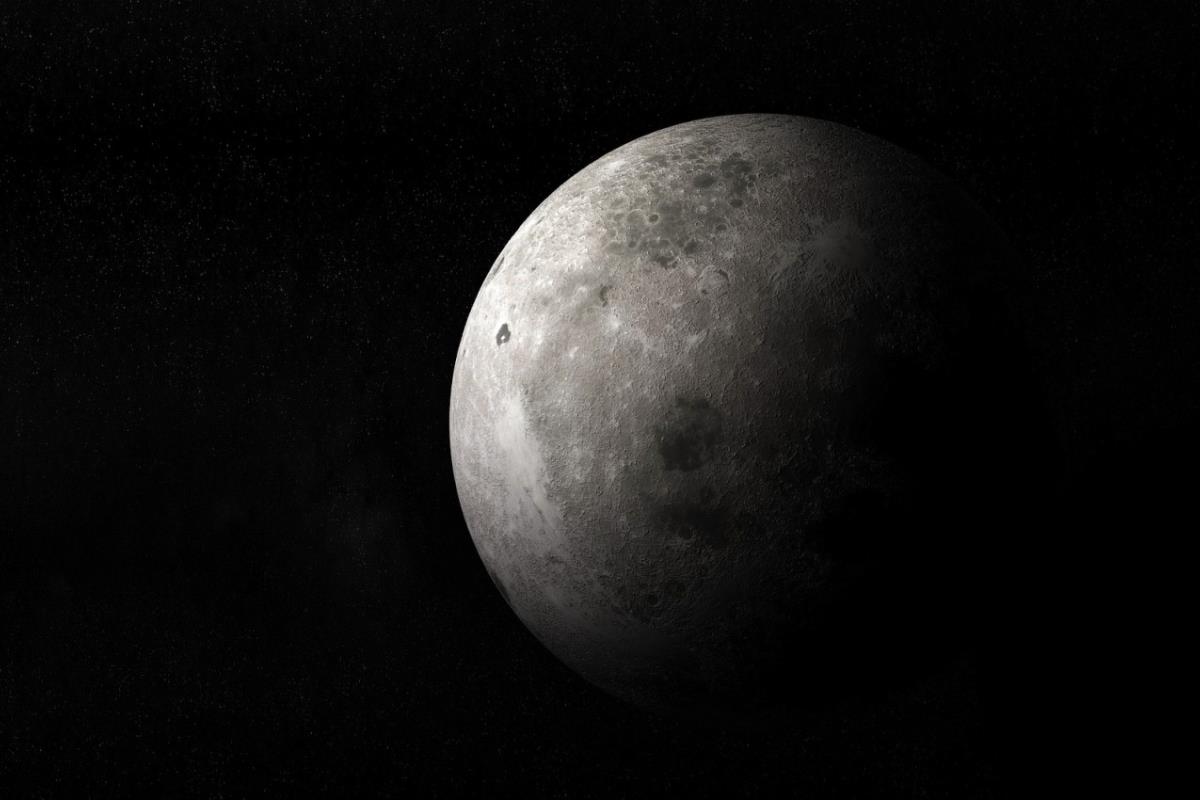
In a groundbreaking achievement, India has solidified its position in the realm of space exploration by successfully executing a soft landing on the Moon's treacherous south pole region. The triumph places India in an exclusive club of nations that have accomplished such a feat – a club previously consisting of the United States, the former Soviet Union, and China. The significance of this milestone is immeasurable, marking a testament to India's rapidly advancing space program and its determination to push the boundaries of human knowledge and exploration.
The monumental event unfolded as the Vikram lander, a key component of the Chandrayaan-3 mission, touched down as planned at precisely 12:34 GMT. The momentous occasion sparked celebrations across the nation, with Prime Minister Narendra Modi conveying his elation by stating, "India is now on the Moon." Modi further remarked, "We have reached where no other country could. It's a joyous occasion." The Prime Minister watched the event unfold in real-time from South Africa, where he was attending the Brics summit.
Sreedhara Panicker Somanath, the head of the Indian Space Research Organisation (ISRO), highlighted that the success of the landing was not an individual achievement but a culmination of the dedication and perseverance of an entire generation of ISRO scientists. The landing comes mere days after Russia's Luna-25 spacecraft encountered a catastrophic mishap, spiralling out of control and tragically crashing into the Moon. This unfortunate incident further underscored the challenges and complexities associated with landing in the Moon's south pole region, characterised by its uneven terrain, craters, and boulders.
The journey to this historic accomplishment was not without its setbacks for India. The country's previous lunar mission, Chandrayaan-2, which sought to achieve a soft landing in the same region in 2019, faced disappointment when its lander and rover were lost during the descent. However, the orbiter from that mission continued to function, serving as a testament to the resilience and adaptability of India's space program.
The touchdown of the Vikram lander, affectionately named after ISRO founder Vikram Sarabhai, was a nerve-wracking endeavour. As it began its descent, the lander's speed was meticulously reduced from a staggering 1.04 miles per second to nearly zero, allowing for a delicate and controlled landing on the lunar surface. This remarkable achievement not only showcased India's technological prowess but also its unwavering determination to surmount challenges that were previously considered insurmountable.
The triumphant landing ushers in a new phase of exploration as India's Pragyaan rover embarks on its mission to explore the Moon's rocky and crater-laden surface. Armed with a suite of scientific instruments, the rover is poised to gather invaluable data and images that will be transmitted back to Earth. A critical focus of the mission is the search for water-based ice, a resource that holds immense potential for supporting future lunar habitation and powering space travel to distant celestial bodies such as Mars.
Chandrayaan-3, India's third lunar mission, is anticipated to build upon the accomplishments of its predecessors and contribute to significant scientific discoveries. With the foundation of Chandrayaan-1 in 2008, which confirmed the presence of water molecules on the Moon's surface and unveiled its atmospheric properties during daylight, and despite the setbacks of Chandrayaan-2's landing module, India's resolve to unravel the mysteries of the Moon remains unshaken.

As India revels in its historic success, the global community's interest in lunar exploration continues to burgeon. A wave of upcoming missions is poised to unlock further insights about the Moon, often described as a gateway to unravelling the mysteries of deep space. The successful landing in the lunar south pole region represents not only a victory for India's space agency but also a testament to human ingenuity, perseverance, and the insatiable curiosity that propels us to venture into the unknown.
Share this story:
Tweet












